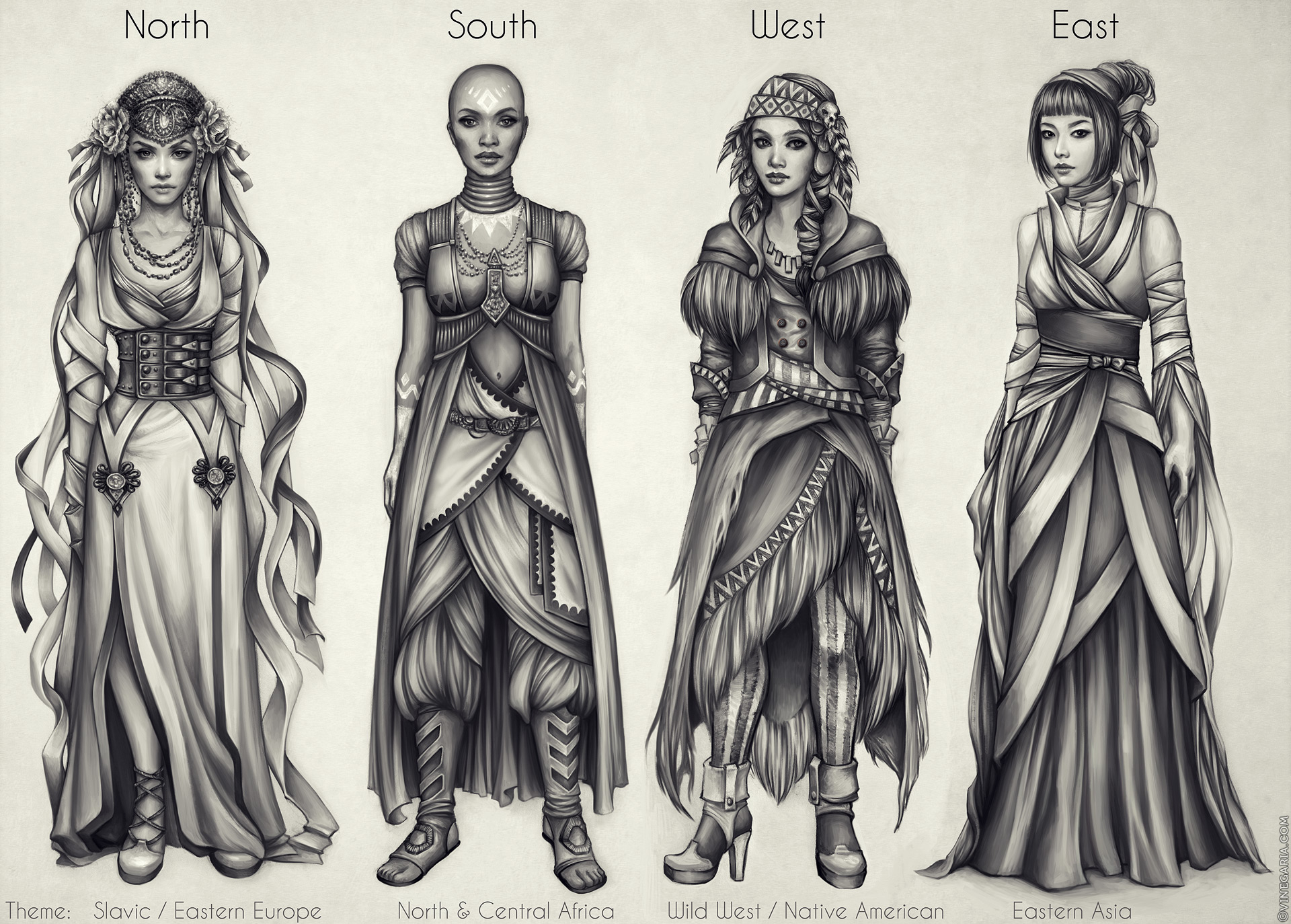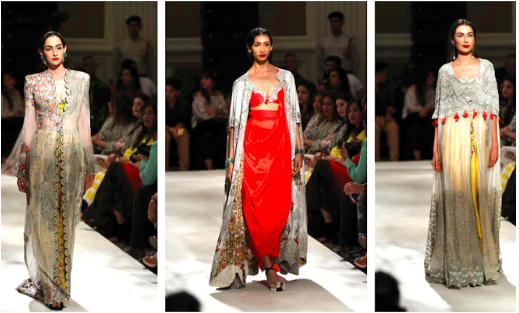Expert Tips on Picking the Perfect Eastern Wear Pakistan for Weddings
Expert Tips on Picking the Perfect Eastern Wear Pakistan for Weddings
Blog Article
Experience the Beauty of Traditional Eastern Outfit
Embark on a journey with the elaborate globe of typical Eastern attire, where each garment narrates woven with cultural richness and historical relevance. From the lively colors of a Chinese qipao to the regal style of a Pakistani shalwar kameez, these garments supply a glance right into a globe where workmanship fulfills virtuosity. The combination of extravagant textiles and delicate needlework strategies develops a tapestry of style that goes beyond boundaries and time. Join us as we unravel the keys behind these exquisite items and find the appeal of Eastern clothing that has actually mesmerized generations.
Background of Eastern Clothes
Eastern outfit has a rich history that dates back centuries, mirroring the diverse cultures and practices of regions such as Asia and the Middle East. The clothing designs in these regions have actually been influenced by various variables such as environment, religious beliefs, social status, and historic events. In Asia, traditional clothes differs greatly from the colorful saris put on in India to the elegant bathrobe of Japan. Similarly, the Center East boasts a vast range of clothing designs, from the flowing abayas of Saudi Arabia to the complex kaftans of Morocco.
Throughout background, Eastern outfit has not just offered as a form of garments but also as an icon of social identification and heritage (eastern wear pakistan). Fabrics like linen, silk, and cotton have actually been commonly used, with styles and patterns typically holding substantial significances or standing for aspects of nature or spirituality. Conventional garments have been given via generations, with each piece bring a feeling of background and practice. Today, Eastern attire continues to progress, mixing traditional elements with contemporary fashion patterns to produce special and classic styles.
Value of Needlework
Embroidery plays a crucial function in standard Eastern outfit, adding elaborate details and cultural significance to garments that have been given with generations. In Eastern cultures, embroidery is not merely ornamental however holds deep symbolic meanings. Each stitch and pattern can share tales, beliefs, and even social standing.
The art of needlework in standard Eastern clothes is a labor-intensive process that requires ability and persistence. Very competent artisans diligently hand embroider detailed styles onto fabrics using techniques that have actually been developed over centuries. These embroidered layouts often mirror the rich social heritage of the region they originate from, showcasing themes inspired by nature, folklore, or historic events.

Elegant Fabrics Used
Lavish textiles play an essential function in improving the beauty and opulence of typical clothing across diverse Eastern societies. Silk, renowned for its softness and sheen, is a favored choice for many typical garments due to its elegant feel and capability to drape beautifully. In nations like India, China, and Japan, silk has a long background of being made use of in standard attire, signifying riches and standing.
Another extensively used lavish fabric is brocade, identified by intricate patterns woven into the material. Brocade includes a touch of refinement to garments and is commonly seen in ceremonial attire and official wear. Velour, with its plush appearance and rich look, is additionally a popular option for typical attire in Eastern societies, particularly for unique celebrations and festive events.
In addition, fabric, satin, and chiffon are regularly utilized for their light-weight and running high qualities, including a feeling of special and beauty to garments. These lavish fabrics not only elevate the aesthetic charm of typical Eastern outfit however also contribute to the general appeal and appeal of the user.
Craftsmanship Techniques
Conventional outfit in different cultures showcases remarkable craftsmanship methods that are given via generations, highlighting the ability and creativity included in producing these elegant garments. Each needlework, embellishment, and stitch is see here thoroughly crafted to produce ageless pieces that symbolize the cultural heritage and traditions of the region. The craftsmanship strategies made use of in traditional Eastern clothes often involve complex handwork, such as hand weaving, hand needlework, and hand beading, which need precision and attention to detail.
Artisans that focus on these methods undergo years of training to perfect their abilities and view it master the traditional approaches of garment building and construction. Using premium materials incorporated with professional workmanship leads to garments that not only look aesthetically sensational however additionally stand the examination of time. The dedication to protecting these workmanship strategies makes certain that each piece of traditional Eastern clothing is an artwork, showing the rich social history and heritage of the area.
Timeless Style and Charm

The elaborate needlework, fragile beadwork, and glamorous textiles utilized in conventional Eastern clothing add to its exceptional beauty. The careful handiwork passed down via generations makes sure that every item exhibits and informs a story sophistication and poise.
Furthermore, the timeless silhouettes and elegant draping of conventional Eastern clothing contribute to its enduring beauty. The streaming lines and elegant styles develop a sense of harmony and equilibrium that is both visually attractive and emotionally fascinating.
Fundamentally, the ageless sophistication and beauty of conventional Eastern clothing work as a testament to the ability and virtuosity of the craftsmen that devote their lives to preserving these splendid sartorial customs. - eastern wear pakistan
Final Thought
In verdict, the style of standard Eastern clothes is a testimony to the rich history, cultural relevance, and detailed workmanship of the region. From the elaborate needlework to the glamorous materials and classic you could try these out elegance, each garment narrates and reflects the cultural identity of its origins. Accepting Eastern clothes permits one to value the virtuosity and style that have actually been given through generations, producing genuinely elegant and exciting pieces.
Embark on a journey with the detailed globe of typical Eastern clothing, where each garment informs a tale woven with cultural richness and historic relevance.Needlework plays a crucial function in conventional Eastern outfit, adding intricate information and social significance to garments that have been passed down with generations.Lavish materials play an essential function in enhancing the style and luxury of conventional outfit across varied Eastern cultures. The craftsmanship strategies utilized in standard Eastern clothes typically involve detailed handwork, such as hand weaving, hand needlework, and hand beading, which require accuracy and interest to detail.
In conclusion, the style of standard Eastern outfit is a testimony to the rich background, social significance, and detailed craftsmanship of the region.
Report this page